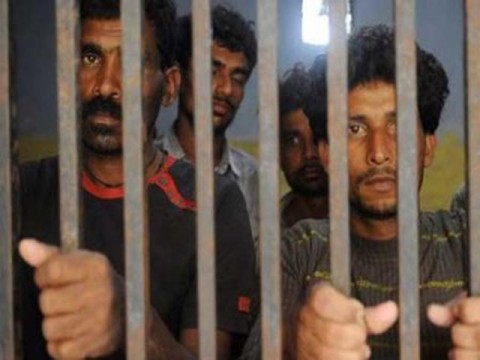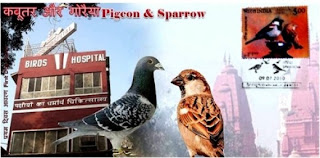
Community Service in Ancient India
Helping poor people or donating clothes to the needy people, serving food to the hungry or feeding the travellers is not new to India. It has been going on for at least three thousand years. We can boldly say this because we have enough documents to support our statement. Jains had even hospitals for birds and animals. We may think that serving prisoners or rehabilitating them is a Western concept. No, that is not correct. Tamils did this 2000 years ago!
Chatrams/Choultries ( Community buildings) were constructed along the traveller’s routes to provide them food and shelter. Certain donations like lands and gold coins were made only to Brahmins and temples to serve the religious needs. Poets who praised the kings were also amply rewarded. So we don’t see them as community service. But food and shelter were given to all, irrespective of the caste or creed. We have some interesting information about Water Distribution Centres (in Tamil Thanneer Pandhal) in Periyapuranam in Tamil and Mahabharata in Sanskrit.
We have information about magical vessels called Amutha Surabhi and Ulavaa Kizi in Tamil. They were like Draupadi’s Akshaya patra. The magical vessels will feed any number of people at times of drought. They were always full with food. Even those who don’t believe in such magical things, must admit that the intention to help the needy was there. Otherwise they would not have recorded it thousands of years ago and left it for the posterity.
Apputhi Adikal was a great admirer of Appar, one of the four great Tamil Saivite saints. So Adikal installed water (donation) Distribution centres on the main roads to give water for the thirsty during hot summer. Even today Tamils do it during summer. People in North India know about the philanthropist Kali Kampaliwala who provided woollen clothes for the people travelling to Himalayan shrines.
When Appar alias Tirunavukkarasar visited Thingalur of Apputhi Adikal he was surprised to see his name in all the places like water donation centres or Dharma Chatras. People told him it was Adikal who did all these charities. When Tirunavukkarau went to Adikal’s house he asked who that Tirunavukkarasu was without revealing his identity. He even belittled him. Apputhi adikal was enraged by that remark. At that time Tirunavukkarasu revealed his true ID. Adikal’s enthusiasm was boundless.

Community Service in Mahabharata
Mahabharata also provide some information about water (donation) Distribution Centres. Salyan, King of Madra Desa was the uncle of Nakula and Sahadevan. Both Kauravas and Pandavas were trying to enlist his support in the great war. But Duryodhanan tricked him by providing water from his water supply centre along his route. Once he drank water from his shed, he was indebted to him and promised to help Duryodhana. He became the charioteer of Karna and was killed on the last day of the 18 day war. The point here is the water supply along the main routes and then honouring words. Once you eat at a place and give your word, then it is inviolable. Even if we take Mahabharata time as 1500 BC instead of 3100 BC, then this type of service has been there for at least 3500 years.
Manimekalai’s service in the prison
Prisoners’ rehabilitation is a new concept in the western countries. Manimekalai, the heroine of the Tamil epic ‘Manimekalai’, did this service 2000 years ago and transformed all the prisoners as good citizens. Prisons were converted into charitable homes.
When Manimekalai went to the prison she spoke to the prisoners kindly with gentle words of advice and comfort. She gave them all a hearty meal from her magic bowl Amuthusurabhi. The inmates became penitent and their behaviour was reformed beyond recognition. When the prison guards informed the king he asked Manimekalai to come to the palace. She advised him to release all the prisoners and convert all the prisons in to charitable houses for saints and sages. The king readily agreed to do it. This type of service was unheard of in any other countries till modern days.

Sirukudi Kizan Pannan and Ant line
Sangam Tamil King Killivalavan praised Sirukudi pannan in Puranananuru verse 173: ‘’May Pannan live as long as I live. You bards, note the distress of the relatives of this man. We hear the noise of men feeding, as great as that of birds on a tree which has newly borne fruit. We see boys go in all directions along with their relatives with cooked food in their hands, as the small ants, when they know that the cloud which rains in the proper season is going to rain, take their eggs (in their mouths) and resort to high ground.’’
People were going from Pannan’s place with food in their hands like ants carrying food in a line. There are number of poems like this in Sangam Tamil literature.
